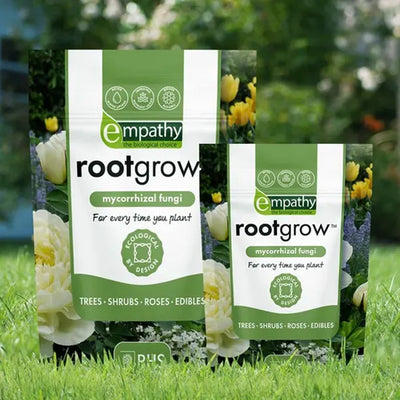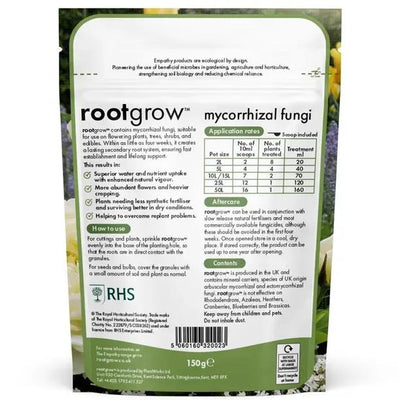Guelder Rose Hedge Plants
Guelder Rose, Viburnum opulus, is one of Britain's most beautiful native shrubs, often used in a mixed country hedge. The flowers are quite unique, with a ring of dainty little smooth star shaped flowers rising above a bed of even smaller, bud-like blooms. The smaller flowers will ripen into blood-red fruit in time for the autumn display. The large, three lobed leaves (like a maple, which has more lobes) colour up in autumn with a jumble of pink, yellow & red tones (depending on the soil) that bleed together in a rough, rustic manner. It can grow to about 5 metres high.
It's a natural companion to Viburnum lantana in a mixed hedge, and we grow two more ornamental varieties that can also make good hedges, Viburnum bodnantense Dawn and the evergreen Viburnum tinus Eve Price.
Browse our selection of native hedging or see our full range of hedging plants.
Guelder Rose hedge plants are only delivered bareroot, during winter (Nov-March).
Choosing a size: When you are ordering plants for a hedge, we recommend smaller plants if you aren't in a rush. They're cheaper and easier to handle than large plants, and will give you a bushy hedge with little effort.
Features
- Good for mixed country hedges.
- Almost any soil, happy in quite wet conditions.
- Very shade tolerant, but needs sun to flower well.
- White flowers in May-July
- Red fruit & nice warm autumn colours.
- Height: To 5m
- Excellent for wildlife.
- RHS Plants for Pollinators
- Bareroot Delivery Only Nov-March
Growing Guelder Rose
In the wild, it's often found in dappled woodland shade, but it needs full sun to give you the best show of flowers. It'll grow pretty much anywhere, including shady sites under large trees and chalky soils. It prefers a moist soil and will tolerate periods of waterlogging.
As a specimen shrub, it'll need little attention, just prune out the oldest stems from time to time.
Spacing a Guelder Rose hedge:
Standard country hedging: plant at 3 per metre, 33cm apart in a single row, or 6 per metre in a staggered double row, which has a W shape viewed top-down.
Garden Design Ideas
It makes an excellent mixed hedge plant, typically with hawthorn to provide thorns and more strength.
Given full sun, it's a fine, low maintenance ornamental shrub for any garden.
History & Trivia
It isn't a rose at all, it is closely related to the elderflowers. The name probably comes from the Dutch region of Gelderland.
Other common names include Water elder, Cramp bark, Gatten, Whitten, and the European cranberry bush.
Their berries were one of the secondary food sources that our ancestors depended upon in hard times. Although it is possible to make jam with them, we don't recommend eating them fresh, as even slightly unripe fruit will cause stomach upsets.
When civilisation collapses again, and you find yourself living in the woods with nowhere to charge your phone, you could certainly feed yourself by boiling up them up into a soup. Until then, we would leave the berries for the birds: bullfinches and mistle thrushes (which have the most charming scientific name: Turdus viscivorus) are especially partial to them.
In parts of Eastern Europe and Russia, the berries represent the beauty of a young woman and are a standard subject for Khokhloma painting. There is a song traditionally sung at weddings that begins:
Guelder rose, guelder rose, guelder rose mine!
In the garden there is raspberry, raspberry mine!
Under a pine, under a green pine
Lay me to sleep!
Four of its cultivars hold an RHS Award of Garden Merit, so in our eyes it does as well.
Bees: It is on the RHS list of Plants for pollinators, beloved by bees and butterflies.








 Secure, One-Tap Checkout
Secure, One-Tap Checkout
 Hand Picked, Delivered to Your Door!
Hand Picked, Delivered to Your Door! 1 Year Bareroot Guarantee
1 Year Bareroot Guarantee









